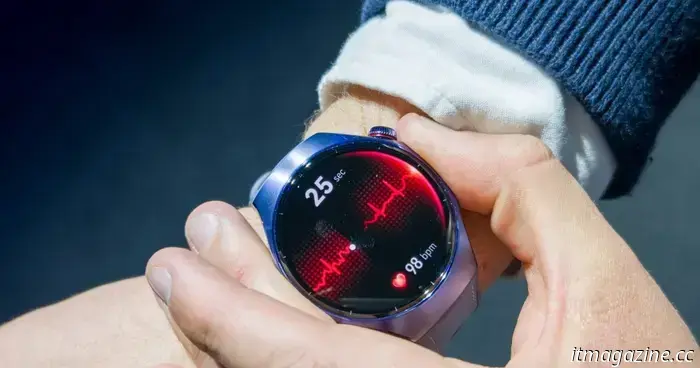
I evaluated the Huawei Watch 5, and here's why Health Glance is essential for every watch.
Huawei has recently introduced the Huawei Watch 5 at an event in Berlin, launching it alongside a variety of smartwatches and audio products aimed at providing a broad spectrum of health features for many users.
The new Huawei Watch 5 boasts several impressive functionalities, including the next generation of Health Glance, which evaluates nine health metrics in just one minute. While it's not the first Huawei watch to offer this feature, the upgraded X-Tap sensor and additional metrics enhance its comprehensiveness.
Having tested the Huawei Watch 5 for the last 24 hours, I find this feature to be quite impressive. Here’s how Health Glance functions and why it should be adopted by other smartwatch manufacturers.
What is Health Glance and what does the X-Tap sensor do?
Health Glance is a previously introduced feature by Huawei that allows users to check up to nine health metrics in a single, one-minute assessment. The X-Tap sensor enables these checks using your index finger, which is recognized for providing the most accurate results.
During a doctor's visit, you may have experienced them measuring your blood oxygen and heart rate using your index finger. The X-Tap sensor on the Huawei Watch 5 provides a similar capability, with on-screen instructions guiding you through the various health metrics.
The X-Tap sensor is located between the crown and the button on the right side of the Huawei Watch 5. This 3-in-1 sensor includes a pressure sensor to measure fingertip pressure sensitivity, a glass-coated ECG electrode, and a fingertip PPG sensor. The latter allows it to conduct a PPG measurement to assess blood vessel volume and recognize up to ten levels of pressure. This combined sensor enables the Huawei Watch 5 to gather optical, acoustic, mechanical, and electrical data simultaneously.
What can you measure in just one minute, and how?
The extensive data recorded by the Huawei Watch 5 allows it to measure up to nine health metrics. You can activate Health Glance from the menu or by placing your fingertip on the X-Tap sensor. The Huawei Watch 5 will then display a countdown from three before commencing the assessment, starting with an ECG, followed by an SpO2 blood oxygen measurement, and concluding with a breathing test.
Upon completion, Huawei Health can show up to nine metrics: average heart rate, heart rate variability, SpO2 oxygen levels, skin temperature, stress levels, ECG, arterial stiffness, respiratory overview, and sleep breathing overview.
While many smartwatches provide these health checks separately, Huawei is the first to merge them into a simple, user-friendly test. This ease of access is crucial; instead of having to search for metrics you might not know about, the Health Tap feature allows you to easily test vital health indicators and prompts you to consult with your doctor in case of any irregularities.
Why every smartwatch should adopt this feature
Features like Health Glance can assist individuals in identifying critical health issues they may not have been aware of, which could potentially save lives. Metrics like average heart rate and heart rate variability can help pinpoint cardiac problems, while elevated stress levels may increase the risk of severe cardiac issues.
Arterial stiffness serves as a vital indicator that highlights the reduced capacity of an artery to expand and contract in response to pressure changes, which can result in higher blood pressure, diminished blood flow, and an overall increased risk of cardiovascular diseases. The life-saving capabilities of the Apple Watch ECG and AFib detection are well-known, and I believe that monitoring arterial stiffness could also be crucial for many users.
Reflecting on my own experience with a heart attack a few years ago, my arteries had significantly diminished their function. I hadn’t realized this at the time, but my doctor had mentioned stiff arteries in my diagnosis. Five years later, I believe the Health Tap feature could have helped me detect this sooner, particularly as I might not have actively searched for such a feature otherwise. This capability could easily position many of Huawei’s competitors as leading smartwatches, but the Watch 5 also offers additional standout features.
What other features does the Huawei Watch 5 provide?
In addition to the X-Tap feature, the Huawei Watch 5 includes other noteworthy characteristics that help it stand out. It is offered in two sizes: 46mm with a 1.43-inch screen and 42mm with a 1.32-inch display. The larger model utilizes an aerospace-grade titanium or a 316L stainless steel case, while the smaller version is available only with the stainless steel option.
The watch comes in a variety of vibrant case colors achieved through oxidation adjustments, and both versions feature sapphire glass on the display for enhanced protection against wear and environmental factors. The Watch 5 also supports eSIM connectivity, provided your carrier supports it, as well as Wi-Fi 6 and Bluetooth 5.4.
There are two battery modes to choose from. The Standard Mode offers up to five days of battery life, while the Ultra-Long battery life mode





Other articles
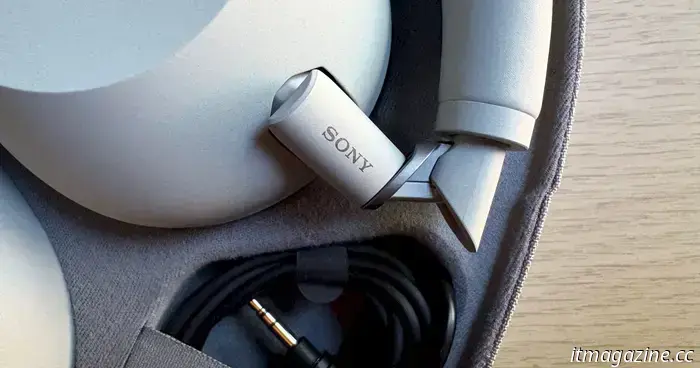 Sony's WH-1000XM6 makes its entrance featuring improved ANC, a folding hinge, and a raised price point.
Sony's latest noise-canceling headphones are now officially available, featuring a number of appealing enhancements.
Sony's WH-1000XM6 makes its entrance featuring improved ANC, a folding hinge, and a raised price point.
Sony's latest noise-canceling headphones are now officially available, featuring a number of appealing enhancements.
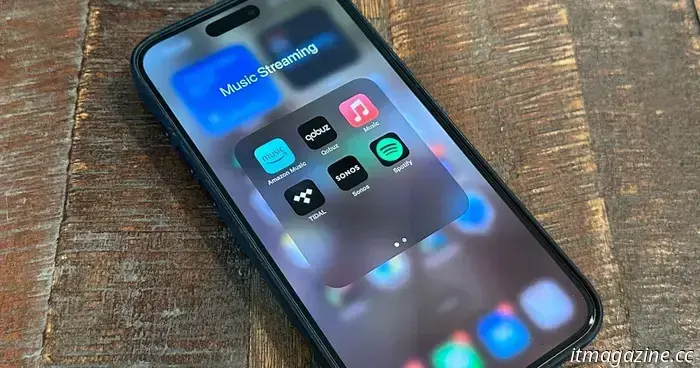 Apple Music has just simplified the transition from Spotify more than ever before.
Apple Music has just simplified the transition from Spotify more than ever before.
Apple Music has just simplified the transition from Spotify more than ever before.
Apple Music has just simplified the transition from Spotify more than ever before.
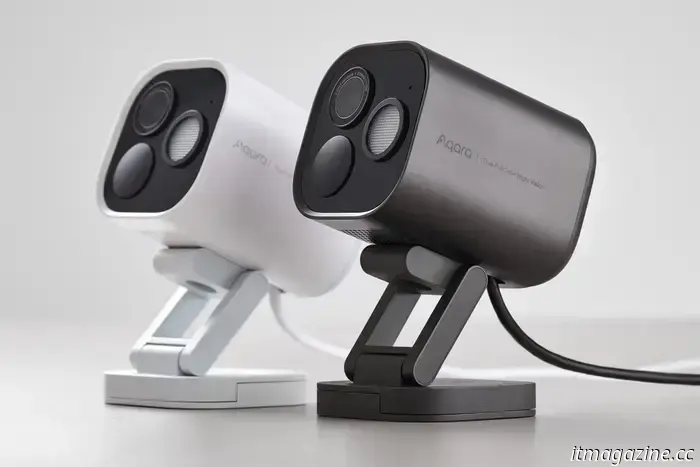 Home management using a video surveillance system
Aqara has introduced a new camera hub, the G5 Pro, to the Russian market. This device combines video surveillance and the capabilities of a smart home center. The camera is available in two versions — with a Wi-Fi connection or via PoE (data and power transmission via a single cable).
Home management using a video surveillance system
Aqara has introduced a new camera hub, the G5 Pro, to the Russian market. This device combines video surveillance and the capabilities of a smart home center. The camera is available in two versions — with a Wi-Fi connection or via PoE (data and power transmission via a single cable).
 A laptop with a foldable screen designed to compete with the ThinkPad X1 Fold is expected to be released soon.
Huawei has teased its upcoming laptop featuring a foldable display, which is expected to compete with rivals such as the Lenovo ThinkPad X1 Fold.
A laptop with a foldable screen designed to compete with the ThinkPad X1 Fold is expected to be released soon.
Huawei has teased its upcoming laptop featuring a foldable display, which is expected to compete with rivals such as the Lenovo ThinkPad X1 Fold.
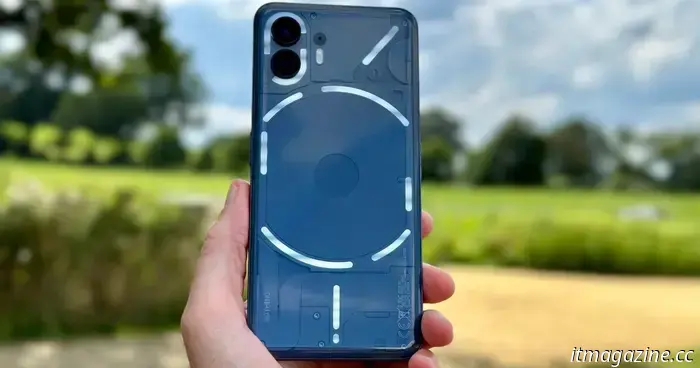 No owners are receiving new features in a free update.
Enhance your Nothing Phone 2 with updated features and improved privacy! Look for updates and benefit from a more seamless and secure experience.
No owners are receiving new features in a free update.
Enhance your Nothing Phone 2 with updated features and improved privacy! Look for updates and benefit from a more seamless and secure experience.
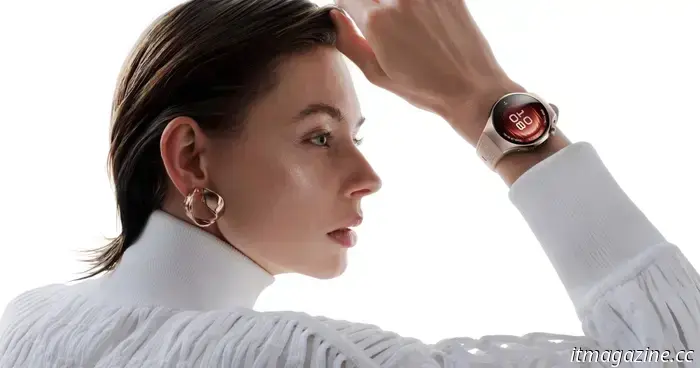 Huawei goes on a wearable spree, unveiling four new smartwatches.
Huawei has introduced four new smartwatches, and we have all the essential information you need.
Huawei goes on a wearable spree, unveiling four new smartwatches.
Huawei has introduced four new smartwatches, and we have all the essential information you need.
I evaluated the Huawei Watch 5, and here's why Health Glance is essential for every watch.
I've recently tried out the new Huawei Watch 5, and there's a particular health feature that all smartwatches should emulate. Here’s what that feature is and the reasons behind it.
